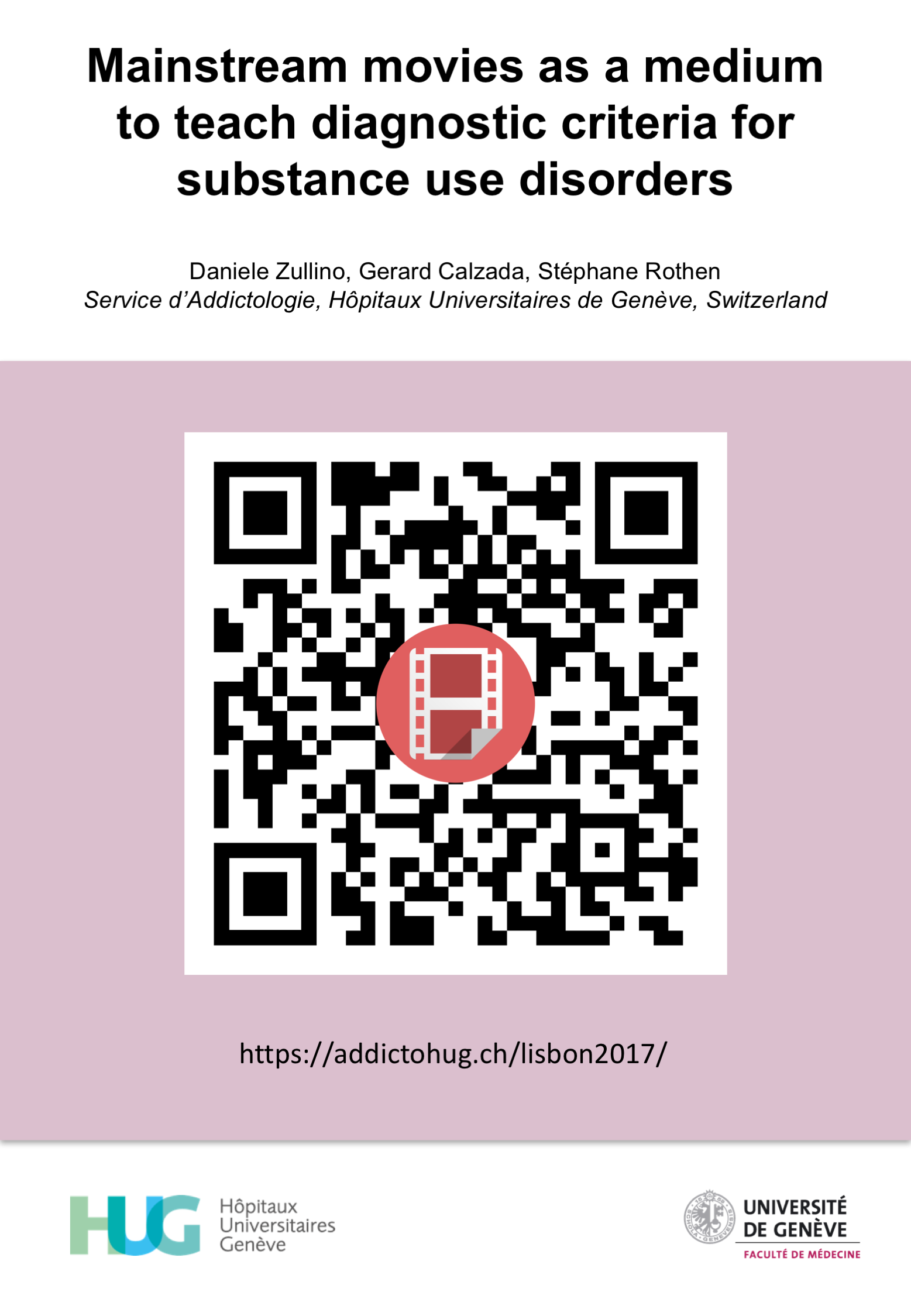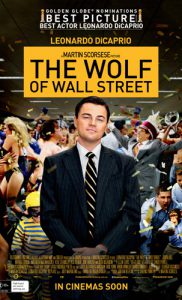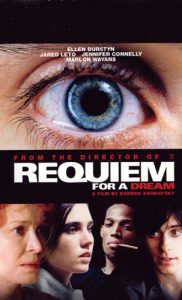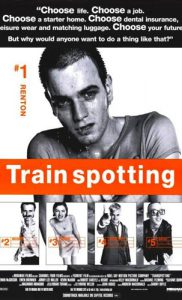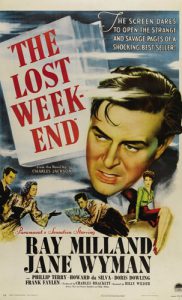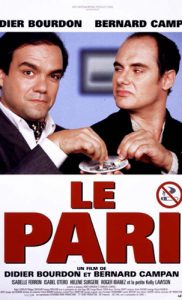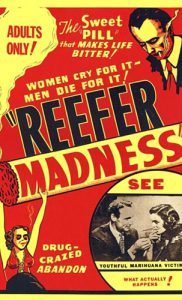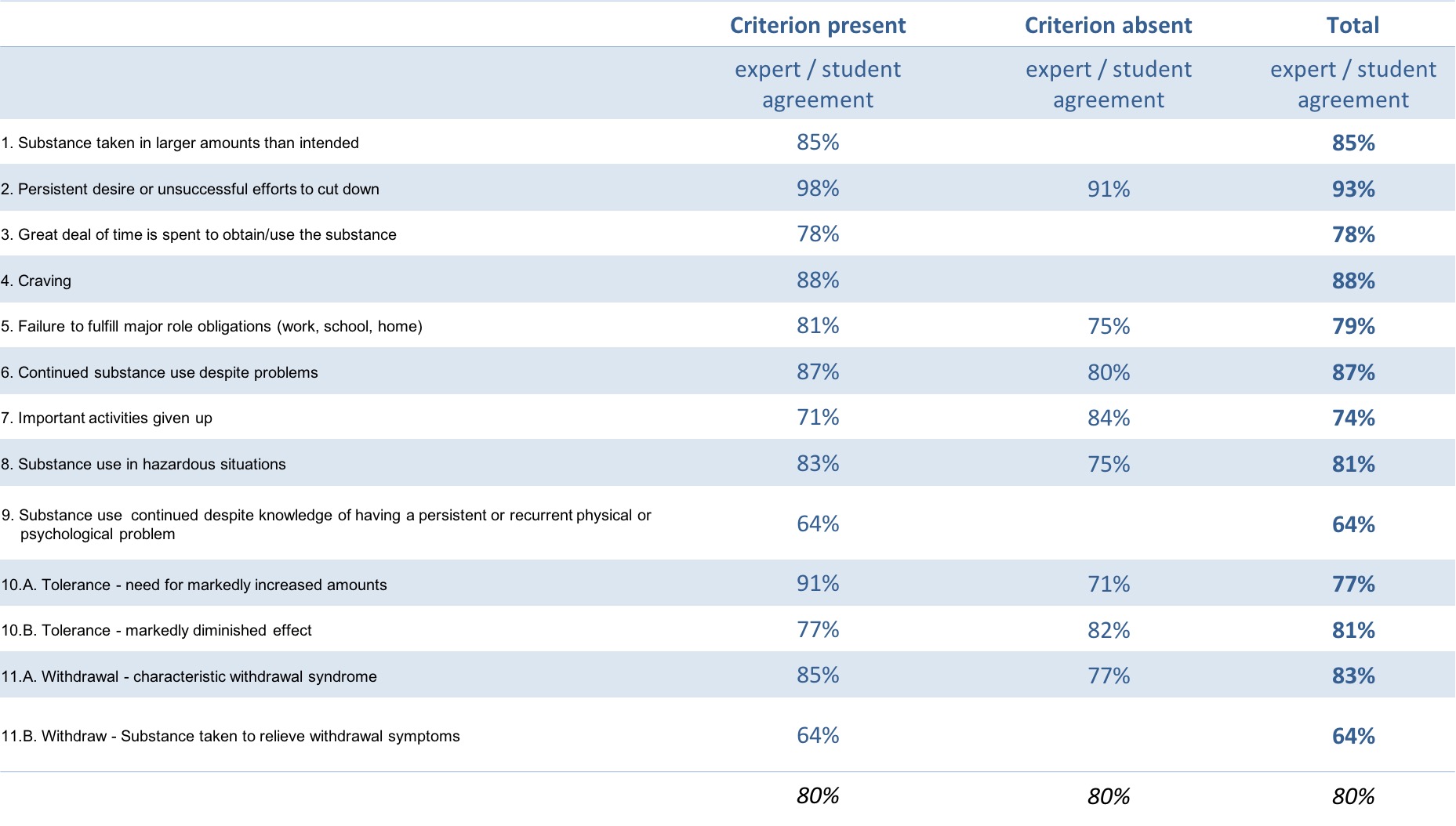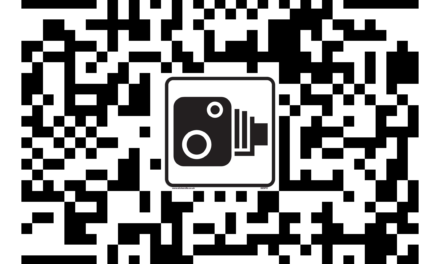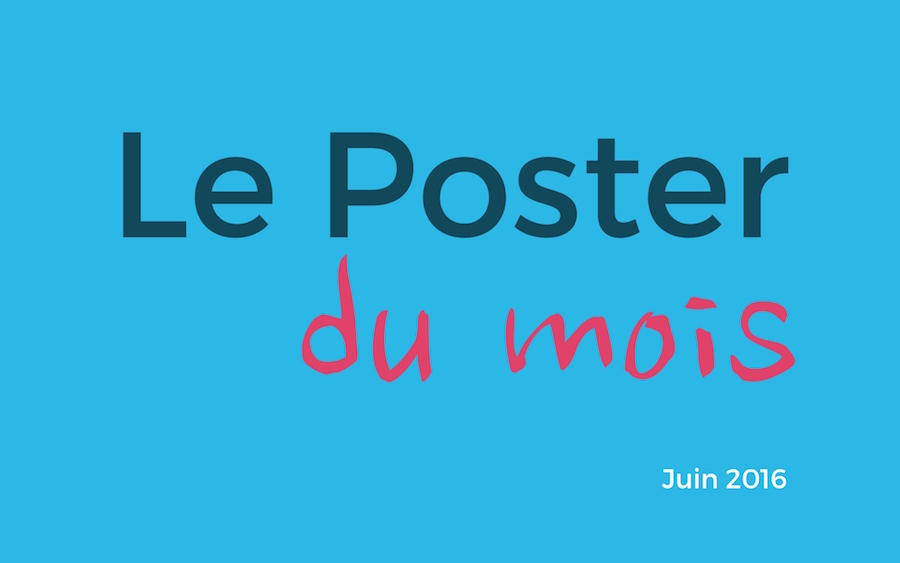
Mainstream movies as a medium to teach diagnostic criteria for substance use disorders
Service d’Addictologie, Hôpitaux Universitaires de Genève
Daniele.Zullino@hcuge.ch
Introduction
Psychiatry and Movies: a long and successful story
Psychiatric diseases, treatments, institutions, and caregivers have been present in mainstream movies during all its history. Impersonating persons with mental disorders or mental health professionals may be even pave the way to an Oscar.
Oscar winners playing persons with mental health problems
Oscar winners playing mental health professionals
Why should psychiatrist be interested in movies


Movie directors and psychiatrists share …
their interest in understanding characters, motivations, behaviors, relationships, and life paths
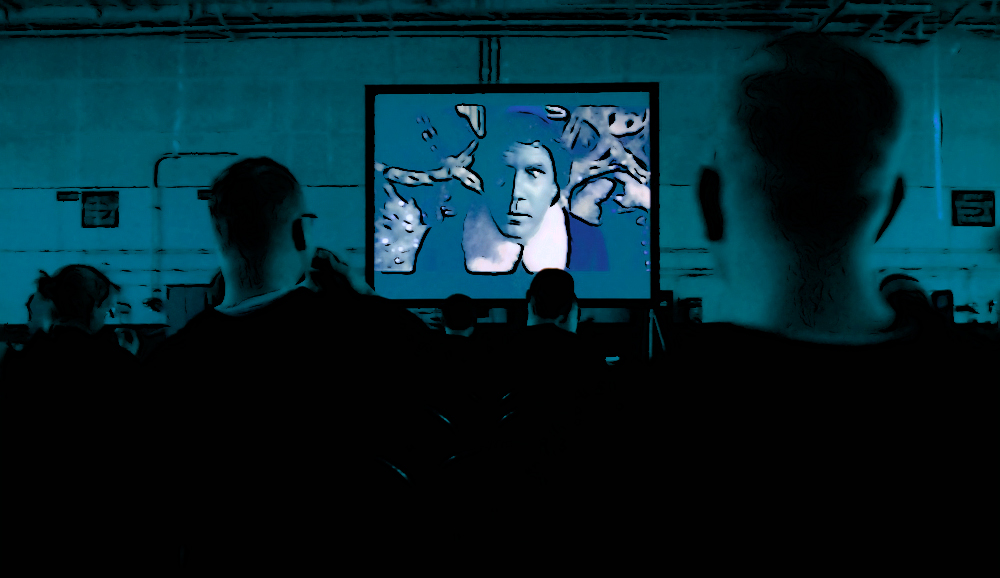

Movies allow to discuss …
semiology, psychopathology, taxonomy, interview techniques, doctor/patient boundaries, and representations / stigmatizations of patients, families, caregivers and institutions
Why are movies useful in psychiatry training
Learning processes become entertaining and enjoyable
improving motivations and thus learning
Movies makes possible to show…
problems “in the situation” (e.g. drug injecting), the longitudinal nature of psychiatric diseases, complex ideas in a short period of time, and otherwise covert psychological phenomena (e.g. hallucinations)
Methods
The undergraduate course psychiatry and movies of the semester 2014-15 at the Faculty of Medicine of the University of Geneva was dedicated to the training of diagnostic criteria of Substance Use Disorders.
Twenty students were enrolled in the course and attendance varied between 10-20.
They were presented 7 mainstream movies depicting different substance use disorders (Figure 3). Movies were selected in order to include the portrayal of a main character noticeably presenting the specific substance use disorder discussed during the session. Whenever possible, movies with IMDb ratings over 7.0 were selected as they were expected to be more captivating for the students.
The sessions were subdivided in 6 phases: (1) presentation of the movie, including context, casting, production, and critics; (2) presentation of the disorder, including epidemiology, etiology, pathophysiology, psychopathology, diagnostic criteria, and treatment; (3) projection of the film, (4) filling out of an Internet based (Google Forms) questionnaire on the specific DSM-5 criteria; (5) discussion on the presence/absence of the different criteria; (6) debate on social representations of patients, caregivers and psychiatric institutions, as well as a general appraisal of the cinematic qualities of the movie.
At each session, two teachers were presents, both specialists in psychiatry or psychology with clinical experience of more than 10 years. The first teacher was the course leader, while the second teacher was an invited expert. Only the invited expert filled in the questionnaire.
Analyses
In order to assess the agreement with the expert, percentages have been computed for each symptom. Those percentages represent the proportion of agreement between the expert and students, i.e. when the expert reported that the symptom was present the student also reported it and vice versa.
A second measure of agreement has been computed. This measure assessed the magnitude of agreement within students. An extension of the classical Kappa has been used, which is the Fleiss Kappa . This measure is suitable when there are more than 2 raters. Kappa scores <0 are considered connoting poor agreement, 0.01-0.20 slight agreement, 0.21-0.40 fair agreement and >0.40 good agreement .
Results
Expert – student agreement
Reliability of agreement between students
Fleiss’ Kappa
Conclusions
This is, to our knowledge, the first study testing mainstream movies suitability for teaching diagnostic criteria of addictive disorders. In addition to be an inspiring and entertaining method, the use of selected mainstream movies appears to be an effective mean to train the recognition diagnostic criteria for substance use disorders.
